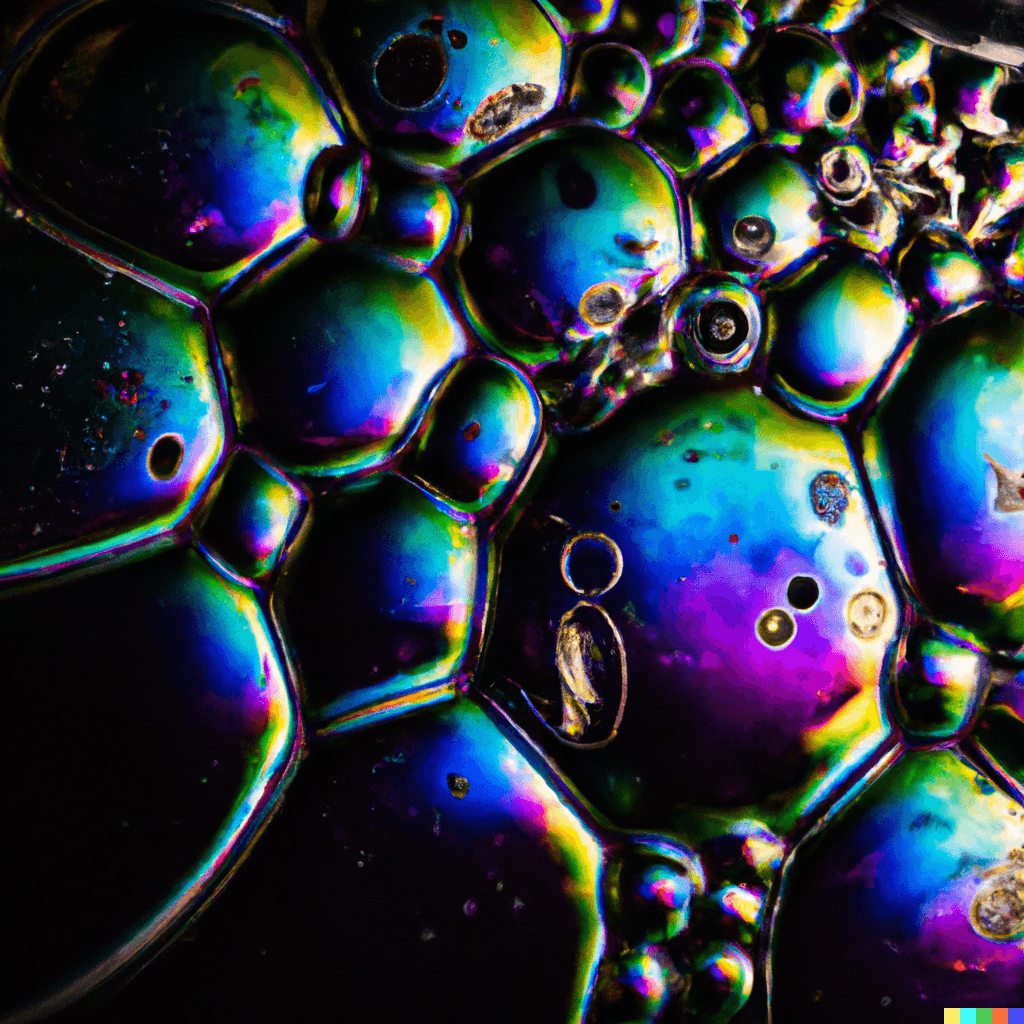What are the properties of nanobubbles?
The properties of nanobubbles are unique due to their small size and high surface area-to-volume ratio. Some of the important properties of nanobubbles are:
Stability: Nanobubbles are stable and can exist in liquids for extended periods of time, unlike traditional bubbles that tend to rise to the surface and burst.
High surface area-to-volume ratio: Due to their small size, nanobubbles have a very high surface area-to-volume ratio, making them highly reactive and capable of absorbing and releasing other substances.
Penetration ability: Nanobubbles can penetrate materials and surfaces that would be inaccessible to larger bubbles, making them useful in a variety of applications.
Enhanced dissolution: Nanobubbles can enhance the dissolution of gases in liquids and the solubility of solids, allowing for more efficient chemical reactions.
Acoustic response: Nanobubbles can be stimulated by acoustic waves, which can cause them to oscillate and enhance their reactivity.
Electrochemical response: Nanobubbles can also be generated by electrochemical reactions and can respond to changes in the electrical properties of their surroundings.
Low density: Due to their small size, nanobubbles have a low density and can remain suspended in liquids for extended periods of time.
These properties make nanobubbles useful in a variety of applications, including water treatment, drug delivery, and enhanced oil recovery. Research on the potential uses of nanobubbles is ongoing, and their unique properties are still being explored.



